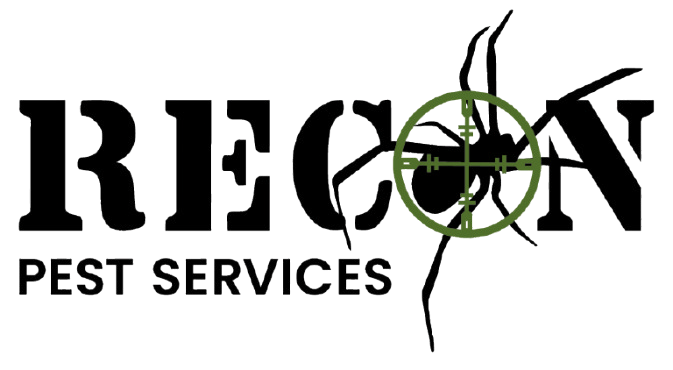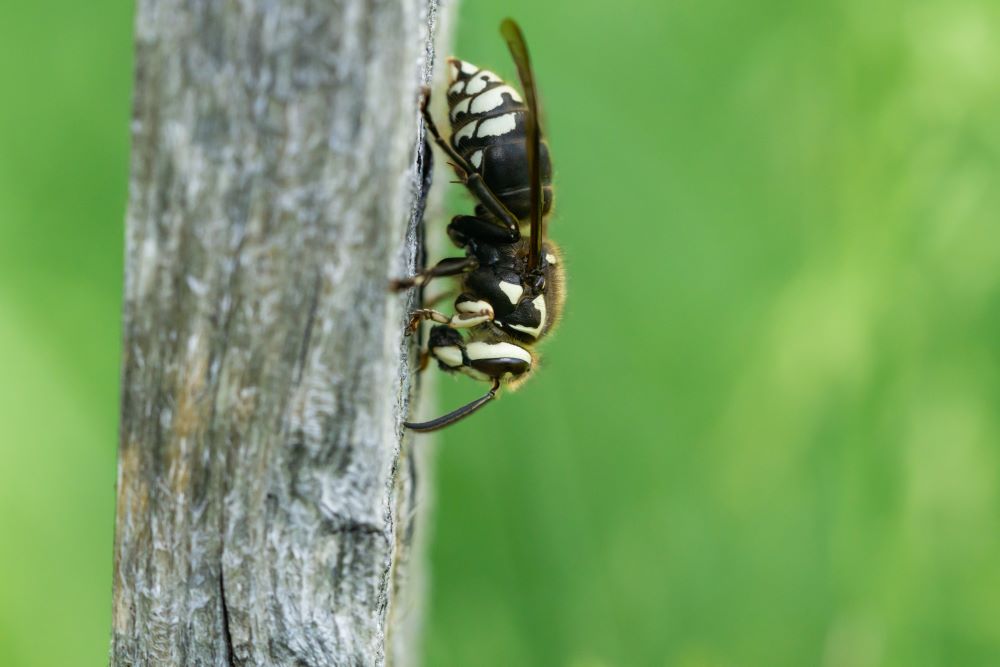Table of Contents
- Introduction to Bald Faced Hornets
- What is the Average Size of a Bald Faced Hornet?
- How Does the Bald Faced Hornet Size Compare to Other Hornets and Wasps?
- Factors That Affect the Size of Bald Faced Hornets
- Frequently Asked Questions About Bald Faced Hornet Size
- Interesting Facts About Bald Faced Hornets
- How to Handle Bald Faced Hornets in Your Backyard
- Conclusion and Key Takeaways
Bald faced hornets are a common sight in many parts of North America, and are known for their striking black and white markings. These hornets are often feared for their painful stings and aggressive behavior, but they are also fascinating creatures with a unique biology and behavior. One of the most interesting aspects of bald faced hornets is their size, which can vary depending on a number of factors. In this article, we will explore the average bald faced hornet size, how it compares to other hornets and wasps, and what factors can affect their size.
Introduction to Bald Faced Hornets
Bald faced hornets, also known as white-faced hornets or dolichovespula maculata, are a type of social wasp that are found throughout North America. These hornets are known for their distinctive black and white markings, which make them easy to identify. They are social insects that live in large colonies, with each colony consisting of a queen, male drones, and female workers. Bald faced hornets are beneficial insects that help to control other pests, but they can also be a nuisance and a danger to humans, especially when they build their nests near homes or other inhabited areas.
What is the Average Size of a Bald Faced Hornet?
The average size of a bald faced hornet varies depending on a number of factors, including the age and sex of the hornet, the time of year, and the location of the nest. However, on average, adult bald faced hornets are about 0.75 inches long, with a wingspan of about 1 inch. This makes them slightly larger than other common wasps, such as paper wasps and yellow jackets. Male bald faced hornets, or drones, are typically smaller than females, with a more slender body and shorter wings.
How Does the Bald Faced Hornet Size Compare to Other Hornets and Wasps?
Bald faced hornets are not the largest hornets or wasps in North America, but they are still formidable insects that can be intimidating to encounter. The largest hornet in North America is the Asian giant hornet, which can grow up to 2 inches long and has a wingspan of up to 3 inches. Other large hornets and wasps in North America include the cicada killer wasp, which can grow up to 2 inches long, and the European hornet, which can grow up to 1.5 inches long.
Factors That Affect the Size of Bald Faced Hornets
There are several factors that can affect the size of bald faced hornets, including genetics, nutrition, and environmental conditions. The size of a hornet is largely determined by its genetics, with larger individuals just having a genetic predisposition for greater size.
However, nutrition also plays a role, with hornets that have access to abundant food sources growing larger than those that do not. Environmental conditions, such as temperature and humidity, can also affect the size of bald faced hornets, with warmer and more humid conditions tending to produce larger individuals.
Frequently Asked Questions About Bald Faced Hornet Size
How big can a bald faced hornet nest get?
Bald faced hornet nests can vary in size depending on the size of the colony and the time of year. In the early summer, a bald faced hornet nest may be only a few inches in diameter, but by late summer it can be up to 14 inches in diameter and contain hundreds of hornets.
Can bald faced hornets sting multiple times?
Like other wasps and hornets, bald faced hornets have the ability to sting multiple times. Their stingers do not have barbs, which allows them to sting and withdraw their stinger without injuring themselves.
Are bald faced hornets dangerous?
Bald faced hornets can be dangerous to humans, especially if their nests are disturbed. They are known for their aggressive behavior and painful stings, which can cause allergic reactions in some people.
Interesting Facts About Bald Faced Hornets
- Bald faced hornets are not true hornets, but are actually a type of yellow jacket wasp.
- The bald faced hornet gets its name from its distinctive black and white markings, which give it a “bald” appearance.
- Bald faced hornets are highly social insects that live in large colonies, with each colony containing hundreds of individuals.
- Bald faced hornets are beneficial insects that help to control other pests, but they can also be a nuisance and a danger to humans.
- Bald faced hornets are capable of building complex paper nests that can be several feet in diameter.
How to Handle Bald Faced Hornets in Your Backyard
If you have a bald faced hornet nest in your backyard, it is important to handle it carefully to avoid getting stung. Here are some tips for safely removing a bald faced hornet nest:
- Wait until after dark, when the hornets are less active, to approach the nest.
- Wear protective clothing, including long sleeves, pants, gloves, and a face mask.
- Use a pesticide specifically designed for wasps and hornets to spray the nest from a safe distance.
- Wait at least 24 hours before removing the nest to ensure that all the hornets are dead.
Conclusion and Key Takeaways
Bald faced hornets are fascinating insects with a unique biology and behavior. Their size can vary depending on a number of factors, but on average they are about 0.75 inches long. While bald faced hornets can be beneficial insects that help to control other pests, they can also be a danger to humans and should be handled with care. If you have a bald faced hornet nest in your backyard, it is important to remove it safely and carefully to avoid getting stung. For all your pest removal needs, RECON Pest Services is here to help. Contact us today for a free quote!





